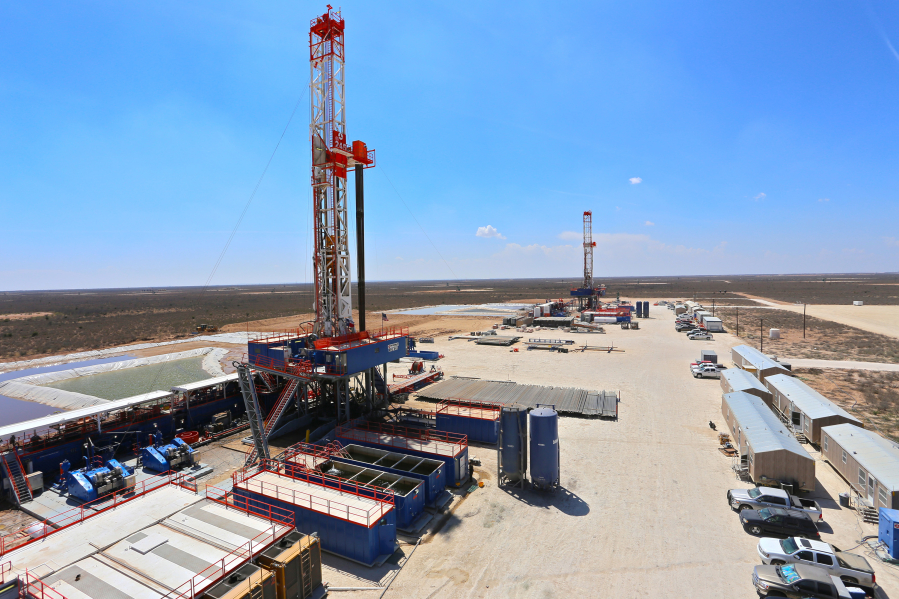DALLAS — The oil industry’s history is punctuated with boom-and-busts cycles that create and erase fortunes and drive economies.
That sector is tentatively emerging from the worst downturn since at least the 1980s. Oil prices hovered around $100 per barrel in 2014 before dropping by half just months later, a level where they remain. A year ago, prices dipped below $30 for the first time since 2003, according to the U.S. Energy Information Administration.
Much like the recovery from the Great Recession a decade ago, oil’s bounce back has been hesitant. Experts say technology, slower demand and a more cautious approach by oil patch executives and bankers could — at least in the near term — give the industry a leaner look.
Companies are automating jobs once held by traditional oilfield workers and focusing on projects that can succeed with today’s modest and uncertain oil prices.
Jim Kiser, lead client service partner in Deloitte’s energy industry practice, said this wasn’t an ordinary cycle.
“What’s different about this is the pace of the price decline and the depth,” he said. “Most didn’t believe it would go that low, and most didn’t believe it would stay that low.”
That bust was felt strongly in oil field employment.
Last March, Texas saw an overall job loss for the first time in 11 months because of oil’s price slump. Worldwide, an estimated 440,000 plus oil industry jobs were lost, according the consulting firm Graves & Co.
That’s slowly improving now. There were job gains late last year. And the January monthly jobs report for Texas estimated that about 1,900 new jobs were created in the energy sector.
Michael Walls, a Colorado School of Mines professor who has written about corporate risk-taking in the oil and gas industry, said there is always restructuring when a downturn is this severe. Following all the consolidations and bankruptcies, the industry is likely to keep job growth in check.
“You’re going to see companies trying to operate even leaner, although they’re pretty lean right now based on the numbers of layoffs the industry has experienced,” he said.
Even with fewer jobs, there could also be a supply problem too. Kiser said his company’s clients are concerned about attracting new employees as the business starts growing again.
“There are a lot of people who left the industry as a result of the contraction that took place in a short amount of time,” he said. “And some of those (people) are going to be hesitant to come back.”
Computer scientists, engineers and business analysts have other options, ones with less risk of severe boom-and-bust cycles, Kiser said. Skilled field staff, including electricians, welders and pipefitters, could also be in demand and scarce.
Chris Cheatwood, executive vice president of business development and geoscience at Pioneer Natural Resources, said geography could also be a hindrance. The Permian Basin in West Texas and New Mexico is one of the hottest fields now since it’s economic to drill even in the $30 to $35 range.
“It’s very difficult to get that many people, one, to move there, and two, to sustain that number people in what’s frankly a pretty remote part of the country,” he said.
But it’s also likely that fewer workers would be needed as more drilling work is automated and companies operate more efficiently.
Cheatwood said Pioneer’s cost to drill has dropped by at least 35 percent in recent years and continues to go down. That has been driven, in part, by the shale revolution. He said new drilling techniques and technology showed that shale provides the industry with a “newfound bounty of oil” in the United States.
And without high oil prices, efficiency is crucial to shale oil.
“We have a reason to push that competitive edge,” Cheatwood said. “We have proven that we have a huge resource base here in the United States that can compete on a global scale.”
A new boom would cut some of that efficiency, Mike Holcomb, president of Patterson-UTI Drilling Company, said.
“The industry tends to get a little sloppier naturally.”



